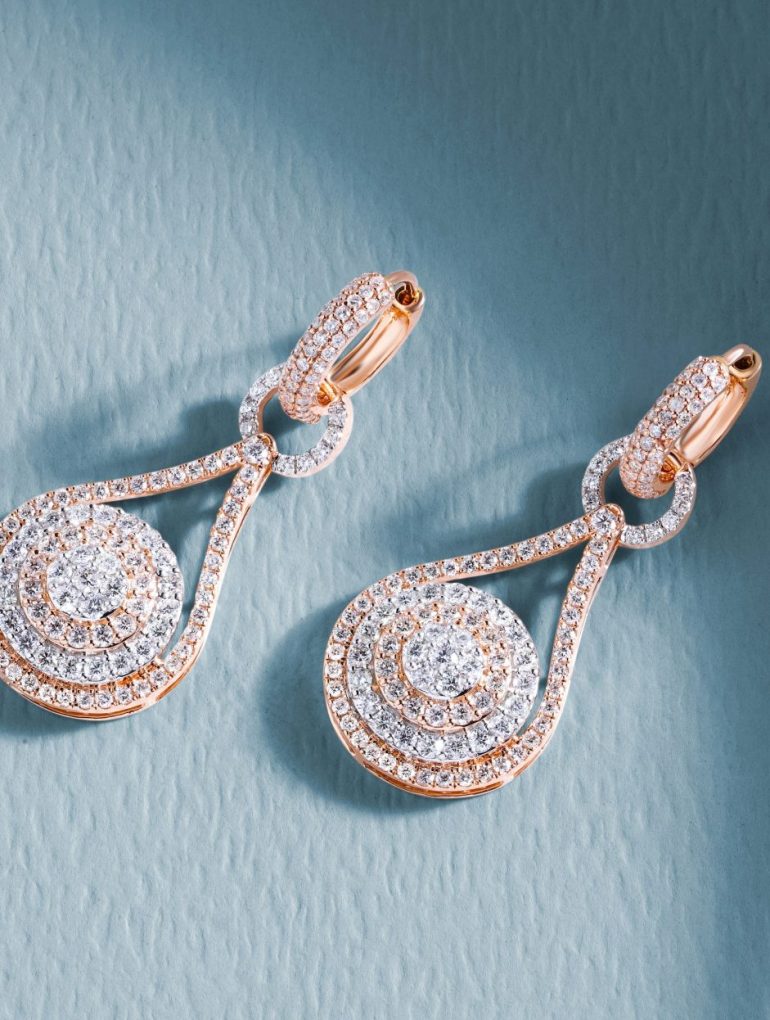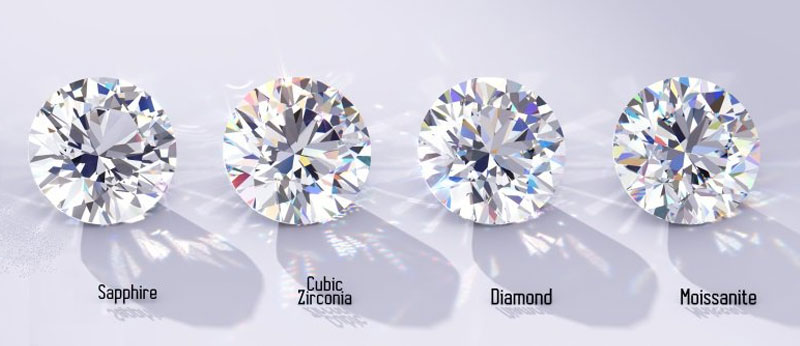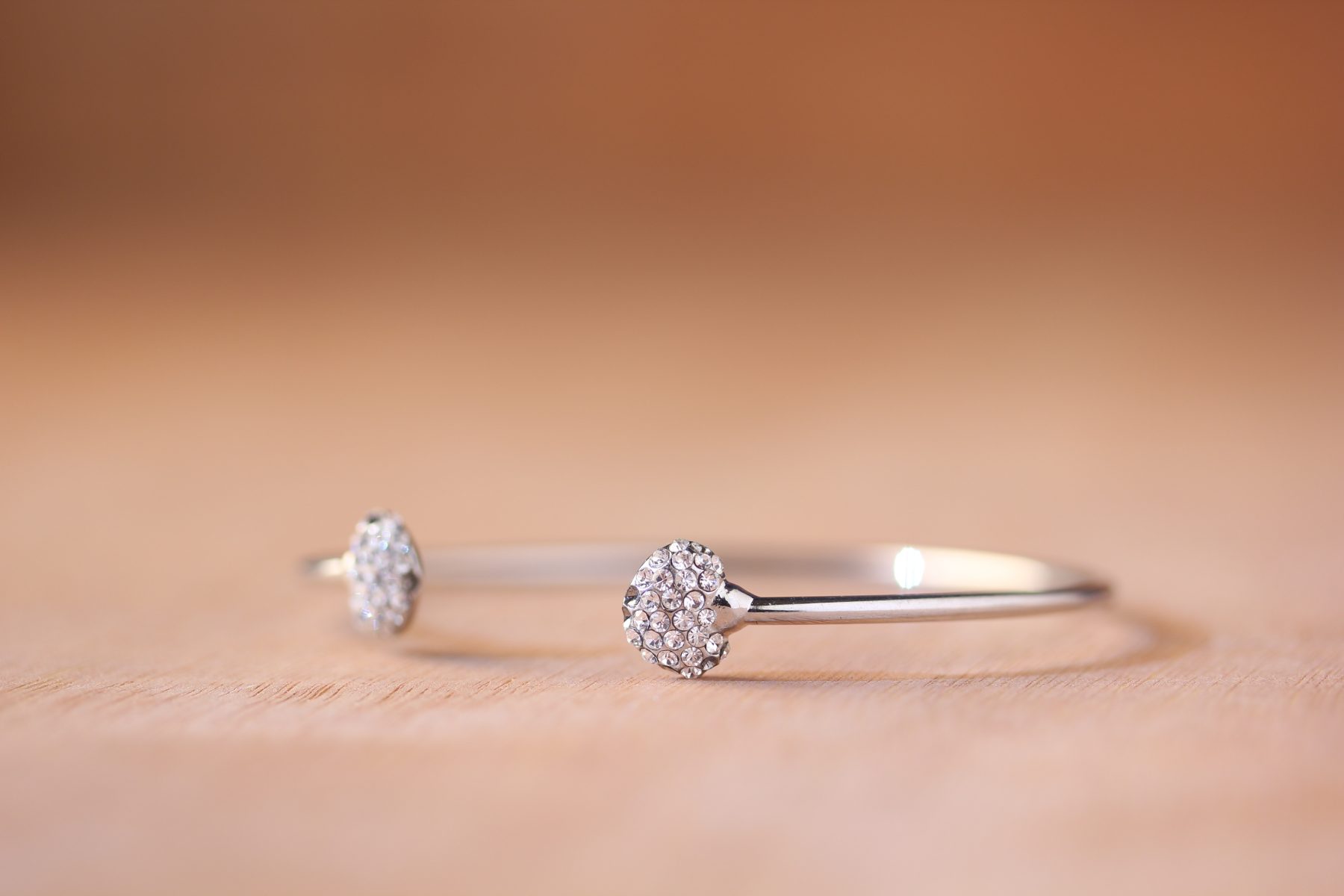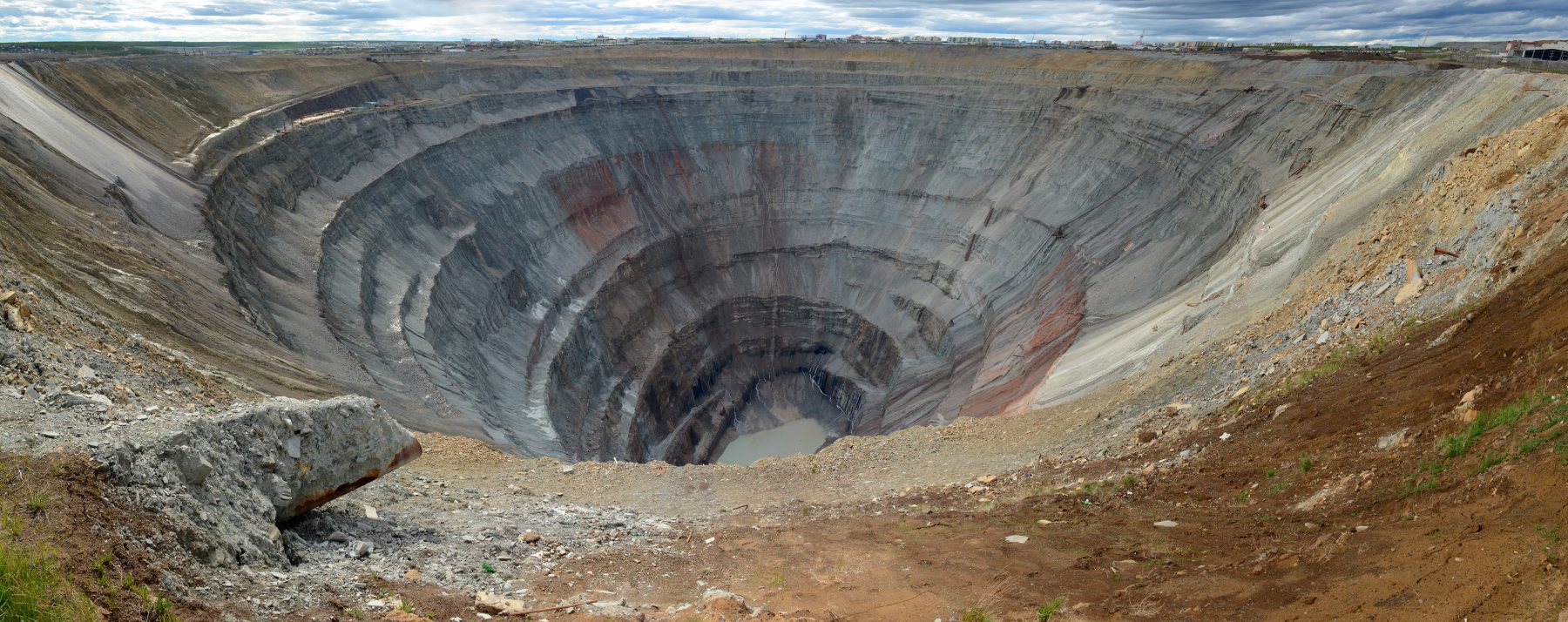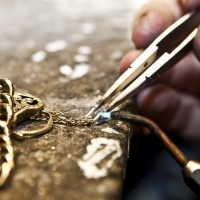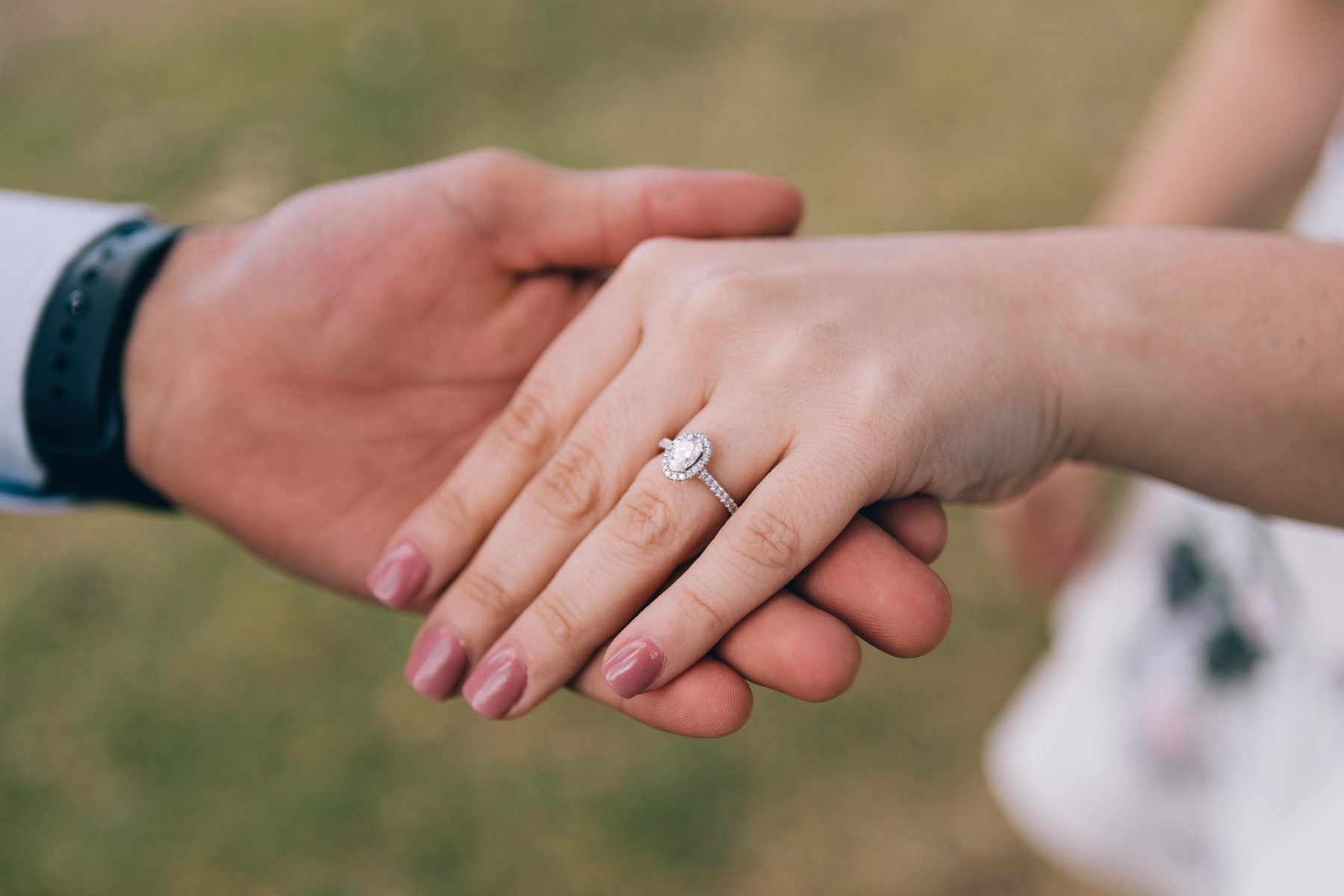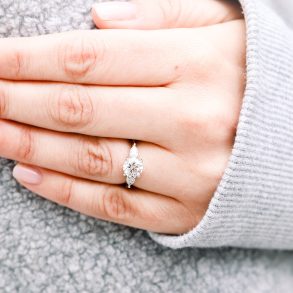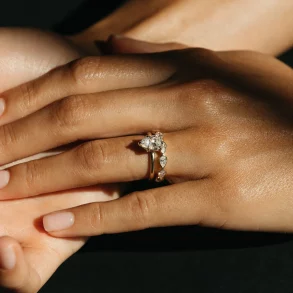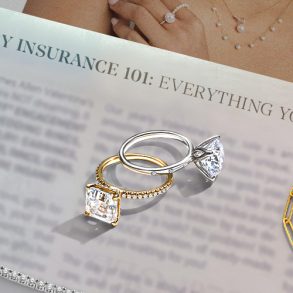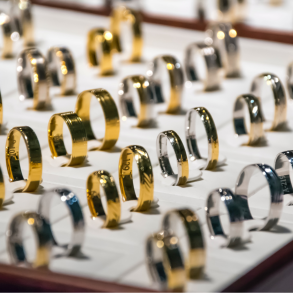Ethics and sustainable consumption in weddings has been an increasing concern for consumers, especially younger generations who face the ever-growing threat of climate change.
This extends from where we get our food, to clothing, electronics, and more. As we become more aware of our carbon footprint, a change we can make is seeking alternative products that are transparently sourced and ethical. Millennials and Gen Z are especially keen to support companies that are environmentally friendly and have responsible, fair labor practices.
One industry that is growing quickly in this area is fine jewelry, and lab-grown diamonds are leading the way. Most people think of engagement rings and bridal sets, but lab-grown diamond earrings and other accessories are becoming increasingly popular as an ethical choice for those who want beautiful pieces without the environmental or human rights concerns.
In addition to lab-grown diamonds, you may have heard of the term diamond simulants. What’s the difference between the two, and which one should you choose? In this post, we’ll do a deep dive into the world of alternatives to mined diamonds and why you should consider one.
What are diamond simulants?
Credit: IGI GemBlog
Diamond simulants are chemically and physically different from real diamonds. They are made of materials that resemble diamonds, but are imitations. Popular examples of diamond simulants include cubic zirconia, moissanite, and white sapphires.
As simulants are made of materials with very different properties, it’s expected that they also lack unique qualities that diamonds have such as their hardness, refractive index, and dispersion. So, the sparkle of a diamond simulant can be quite different or it might not hold up as well for daily wear compared to diamonds.
What are lab-grown diamonds?
Credit: Pexels / Pixabay
In nature, diamonds are formed when carbon, deep within the Earth’s crust, crystallizes under high heat and pressure. Volcanic eruptions bring these crystals to the Earth’s surface where it cools, solidifies, and becomes diamonds which are then mined by humans.
Lab-grown diamonds, cultured diamonds, man-made diamonds, synthetic diamonds – these are all terms for the same thing. They refer to diamonds created in an environment that mimics the conditions one would find mined diamonds in.
Chemically speaking, lab-grown diamonds are nearly exactly the same as a natural mined diamond so you can also expect the quality to be comparable. Lab-grown diamonds are still graded on the same 4 Cs (carat, clarity, cut, color) as any natural diamond would be.
To the naked eye, it’s impossible to tell whether a diamond is man-made or natural. Only a professional gemologist using special equipment can distinguish between the two. Regardless of these similarities, there are still differences in price and resale value.
What are the benefits of lab-grown diamonds?
In recent years, lab-grown diamonds have become popular as an ethical and sustainable alternative to mined diamonds.
Diamond mining can have devastating effects on the environment, damaging natural habitats and creating pollution. Some jewelry companies are committed to sustainably created fine jewelry that doesn’t disrupt the environment.
Creating diamonds in labs, which have tightly controlled regulations and environments, means there is a significantly lower impact on communities and natural ecosystems. It also minimizes the potential for harmful labor practices and human rights violations, since lab-grown diamonds are not subject to the same dangerous working conditions.
Credit: Adobe Stock / Great Siberia Studio
The biggest benefit to synthetic diamonds is obviously the cost. Compared to mined diamonds, not as many steps are needed in the supply chain and it’s much more efficient to create lab-grown diamonds which means there are significant savings in operation costs for companies. These savings can then be passed on to you, which you can use towards other things like investments, or your dream wedding.
So if you’ve been hesitant to invest in diamond jewelry because of the cost, you don’t need to break the bank to do so. You can buy a lab-grown diamond 30-50% cheaper than a mined diamond but with the same quality. For example – you can get a beautiful pair of pavé hoops for as little as $500, while a pair with natural diamonds might cost you triple that.
Another benefit of lab-grown diamonds is they can be custom manufactured to your specifications. If there’s a certain quality, shape, and color of diamond that you want but it’s challenging or rare to find, you can create one that meets all of these criteria with much more ease than searching for a natural mined diamond.
What are some cons to lab-grown diamonds?
Credit: Pexels / TranStudios Photography & Video
As the saying goes, there is no rose without thorns. There are some drawbacks to lab-grown diamonds, but it’s hard to find many negative aspects.
While lab-created diamonds are more affordable, they may not hold their value unlike their counterpart. Because man-made diamonds aren’t as rare as natural diamonds, their value depreciates over time so if you ever want to sell your jewelry the resale value may be impacted. If you intend to hold onto your jewelry though, then this might not matter to you.
For some, the sentiment of a unique diamond and its origin is important to them and there may be a stigma that lab-grown diamonds are not “real diamonds”. Natural diamonds are associated with the concept of romance, rarity, and luxury so the idea of a lab-grown diamond may not be appealing since they can be produced on demand.
Ultimately, you want to choose a high-quality product that will last you a lifetime but doesn’t harm the earth. With a recession potentially looming, consumers are being more mindful of their spending and setting budgets in place, so every dollar you save counts. If you can do this while also purchasing products that reflect your values and uphold your integrity, then a lab-grown diamond could be the perfect option for you.

